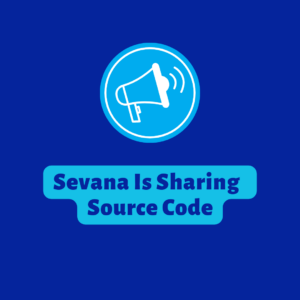Caller quality of experience measurement. Do you know about issues bothering your callers that you might not know?
Sevana PVQA technology detects these impairments to predict caller’s quality of experience aside from network quality of service:
💡 Silent Call – one leg of the voice call has no speech (silentcall)
💡 Echo – this is typically due to a blockage or mismatch, which results in the signals bouncing back from where they came. Additionally, the presence of echo effect in packet switched networks can be traced back to the functionality of the line. Where standard lines function with a delay of 10 milliseconds, packet switched networks can have up to 400 milliseconds of delay. As a result, the echo effect is much more noticeable.
💡 Amplitude clipping – is typically a result of a misconfigured voice gateway on the voice path.
💡 Dynamic clipping – notifies about possible clipping happening in another network as the audio waveform corresponds amplitude clipping, however, it is not present at the moment.
These and other impairment detectors allow you an effective caller quality of experience measurement. Contact us to learn more.
